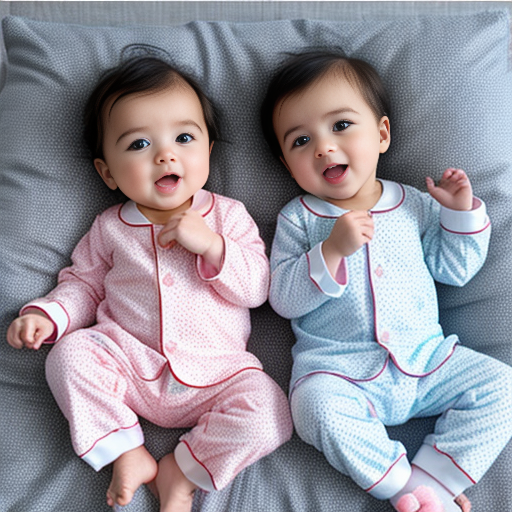Having Twins Naturally as an Older Woman is Possible

Exploring the Prospect of Twins for Older Women
Eager to embrace the joy of having twins, especially later in life? The possibility may not be as distant as you think! Get ready for double the love and twice the care.
Between 1980 and 2020, the occurrence of twin births surged by a notable 65 percent. In the United States, approximately 40 sets of twins are born per 1,000 births as of 2019, hinting at a rising trend.
Understanding the mechanisms behind conceiving twins and the contributing factors is key.
Natural Twin Conception:The Basics Roughly 1 in 300 pregnancies results in twins naturally, unfolding in two distinctive ways.
Identical Twins The journey of identical twins begins with a single egg fertilized by a single sperm. The twist? At a later stage, this fertilized egg splits into two, giving rise to identical twins.
Encountering identical twins is relatively rare, occurring in about 2 or 3 in every 1,000 births. These twins, always of the same sex at birth, not only resemble each other but also share identical DNA.
Fraternal Twins Conversely, fraternal twins emerge when two separate eggs are fertilized by two distinct sperm cells. Both fertilized eggs then implant in the uterus, culminating in the birth of two babies, who might be two boys, two girls, or a boy and a girl. Unlike identical twins, they may or may not look alike, as they do not possess identical DNA.
Factors Potentially Increasing Twin Odds for Older Women
Genetics: The Family Connection You might have heard about twins "running in families." This holds partial truth, especially if you’re a fraternal twin yourself or if fraternal twins are part of your family history. Hyperovulation, wherein the body releases multiple eggs during ovulation, could heighten the chances of fraternal twins and might be inherited through maternal or paternal genes.
Age: Embracing Experience For women in their upper and late 30s or 40s, the chances of conceiving twins might increase. Advancing age, often labeled "advanced maternal age" (a common medical term for women over 35), might trigger hormonal changes near menopause, prompting the release of more than one egg during ovulation.
Height and Weight: Unusual Yet Influential Factors Surprisingly, taller women and those with higher body mass index (BMI), particularly above 30, might have higher odds of conceiving twins. Researchers associate this with certain growth factors or hormonal influences, although the exact mechanisms aren't entirely clear.
Race and Dietary Influences Statistically, Black women tend to deliver twins at a higher rate compared to other racial groups. Additionally, dietary elements, like the consumption of dairy or yams, have been tentatively linked to influencing twin conception, although further research is needed to confirm these connections conclusively.
Prior Pregnancies: Experience Matters Women with prior pregnancies, especially those who have experienced multiple pregnancies, might have increased chances of having twins. The reasoning behind this correlation isn’t fully elucidated, but each pregnancy might slightly elevate the likelihood of conceiving twins.
Keep in mind, while these factors might sway the odds, conceiving twins isn’t solely dependent on them. Multiple elements, including individual health, fertility, and natural variations, contribute to the probability of having twins, especially for women exploring the path of motherhood in their later years.
